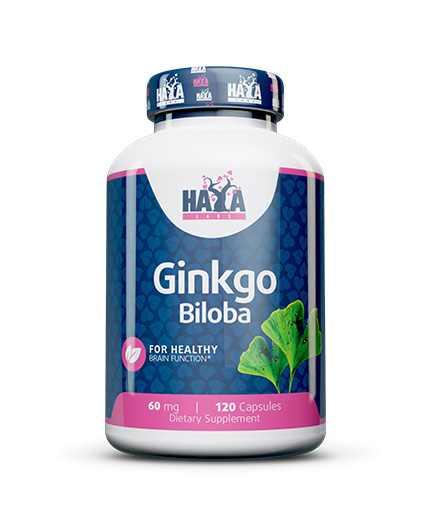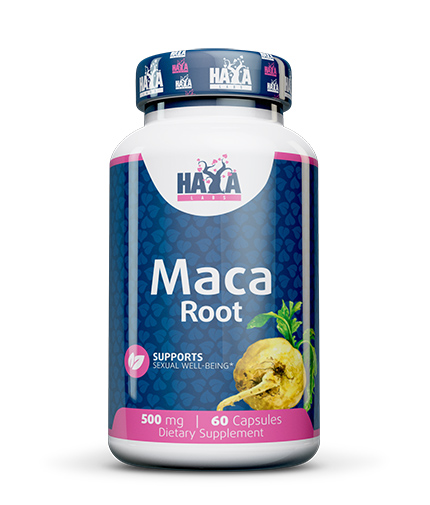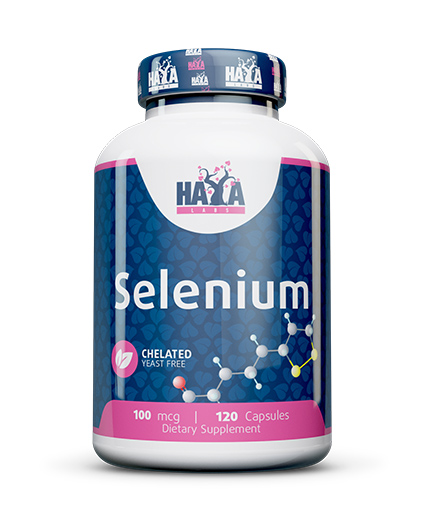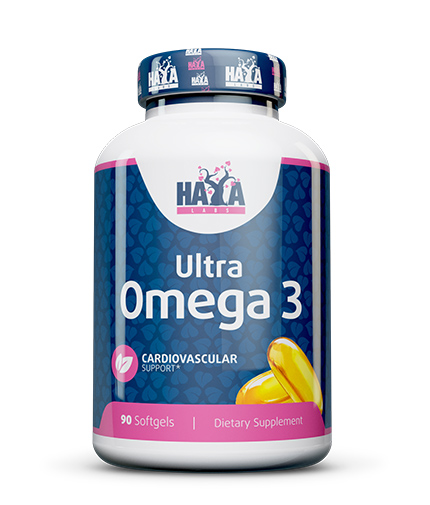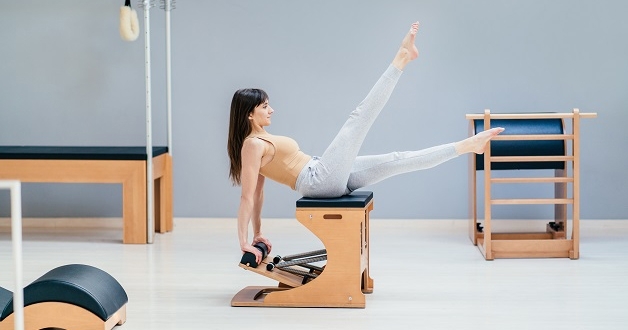
A beginner's guide to Pilates
0
2856
Pilates has also been shoved in the spotlight by a number of world-famous celebrities who have claimed to owe their fitness progress and new looks to it. A number of actors, models, and even athletes have said that incorporating some Pilates practices into their routine has helped them feel better, have more peace of mind, and get through life's obstacles with a feeling of harmony.
What exactly is Pilates, what are its main benefits, and how does one get started with it- in this article we'll talk about it all, and introduce you to the man credited with the development of this method!
The history of Pilates
.jpeg)
Pilates is a system of flexibility and strength exercises, very similar to yoga, which looks at the body in its entirety. As with yoga, it puts emphasis on the connection between the body and the mind in order to achieve harmony and balance.
The system is named after the man who developed it – German-born physical education instructor Joseph Pilates. Extremely weak and sickly as a child, he dedicated his life to improving and perfecting his physical health. Josef was quickly introduced to bodybuilding, gymnastics and several martial arts. In the span of several years, he quickly achieved his goals and realized that some of the main reasons public health was deteriorating at the time (early 20th century) were modern lifestyle, improper breathing and improper posture. It was this which prompted him to delve deeper into what was already known and to develop the method that is now practiced by millions of people all over the world.
What is the Pilates method?
.jpeg)
Described in one sentence, it is a series of strength and flexibility exercises that build stability in the center of the body (the core) along with a better connection between the mind and the muscles, encouraging correct posture and proper breathing.
Unlike other workout systems, Pilates does not focus on a certain number of repetitions or sets. What is emphasized is the proper, controlled execution of a certain movement, accompanied by appropriate breathing. The idea is that the better the set movements are performed, even without dozens of repetitions, the faster they’ll give you results.
By results, we don't mean a bodybuilding magazine cover body! We mean strength, flexibility and balance. Joseph Pilates' main idea was to transform those practicing his method into strong and stable individuals, capable of performing everyday tasks with grace, ease and harmony. Therefore, the parts of the body on which the greatest focus is placed are precisely the abdominal muscles, the muscles around the waist and the hips. It is generally accepted that a person's stability and strength comes from there, hence why we call it “the core”.
The basic principles of Pilates
.jpeg)
When Joseph Pilates developed his method, he did not approach it systematically, that is - he did not create a set of rules and guidelines for everyone to follow. Since then, however, a number of instructors, in an effort to bring his method to a wider audience and make it easier to understand and apply, have set several basic principles. Let's take a look at what they are!
Attention
This means directing attention to the center of the body, which we mentioned above. Placing our attention on this area is essential because the core is involved in all the exercises and movements that Pilates involves.
Concentration
Concentration is what makes Pilates very similar to yoga. The idea is that the more focused we are on the way we are doing a select movement, the more correct it is. This, in turn, leads to better execution and therefore, better results.
Control
This means having total control over our movements.
read more
Precision
Performing Pilates exercises with precision guarantees that we won't hurt ourselves. It is extremely important that every movement of our body is precise - this way we activate only the necessary muscle groups and eliminate the risk of injury. Also, precise execution gives much better and faster results.
Breathing
Almost every exercise of Joseph Pilates’ system involves a certain way of breathing. He believed that the quality of our breathing has a huge impact on our quality of life. Proper breathing not only makes movements easier, but also allows us to establish a connection between mind and body.
Flow
Flow means fluidity. Pilates is performed slowly, gracefully and fluidly - without undue tension. Movements are at their best when the practitioner performs them smoothly, with precision, with concentration, and with correct breathing. It could be said that this is the principle that unites all the others, making Pilates an effective and engaging method.
How to start?
.jpeg)
It's best to join a group class. More and more fitness centers are now offering Pilates classes and at a very high level, too. It is extremely important to be introduced to the Pilates technique by a certified teacher, as performing the moves correctly from the start will help you see results sooner.
If this doesn't appeal to you and you prefer to try the method on your own, all you need is a yoga mat or any other soft but stable surface. If you’re going to use the internet, make sure that those teaching you are knowledgeable enough on the subject. Also, we recommend that if you find an online beginner's course, you should follow it from start to finish so you don't fall victim to different approaches or possible confusions and distractions. Like we said, concentration and persistence are important!
In conclusion - Pilates is a very suitable exercise system for anyone who doesn't want to strain their joints and muscles, but bank on some of the benefits of explosive and dynamic workouts. Pilates builds muscle strength but doesn't make you look big and bulky.
We challenge you to attend at least one class! You won't be disappointed, plus you'll be surprised how difficult some of the exercises are!
Haya Labs.

